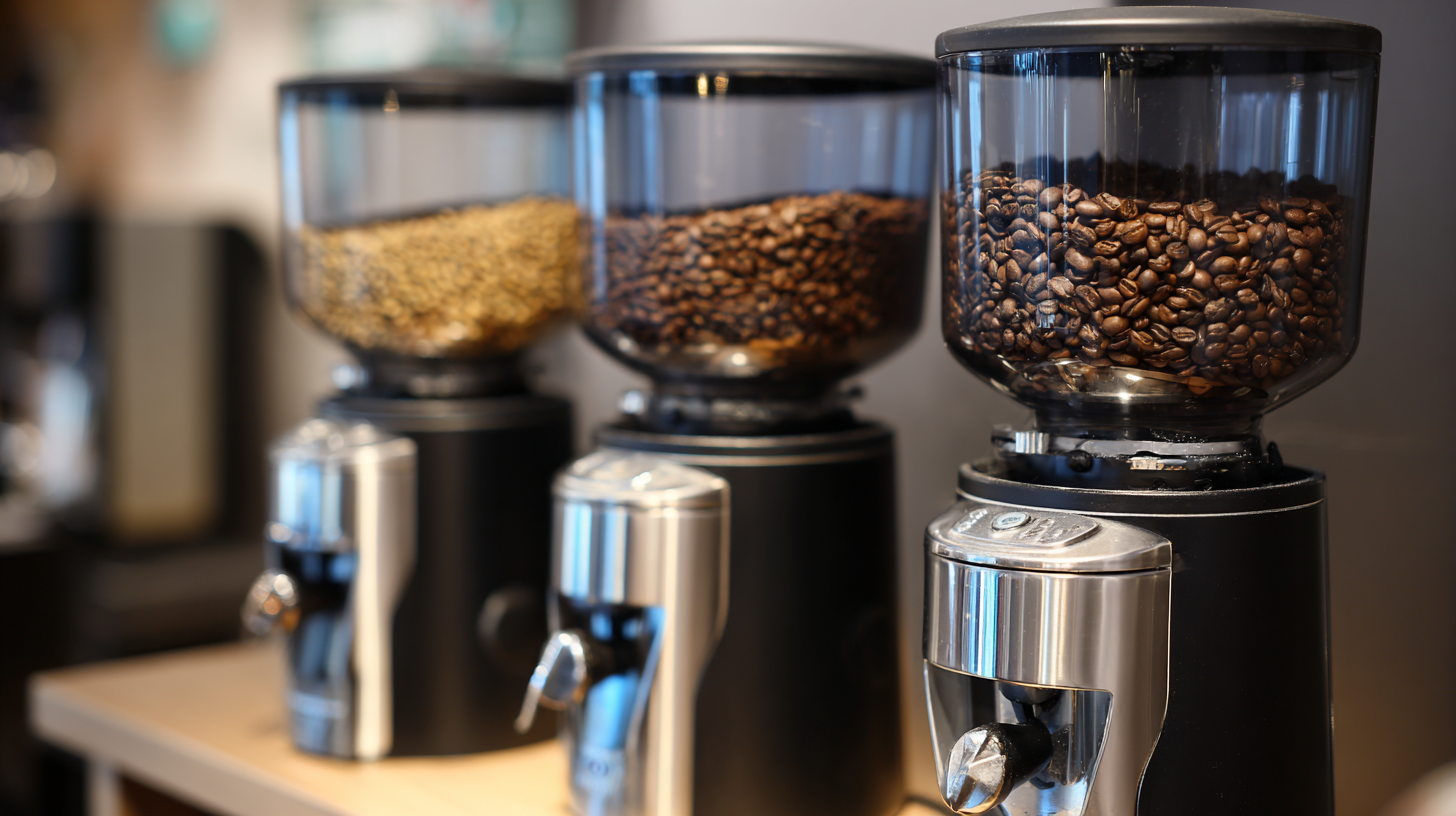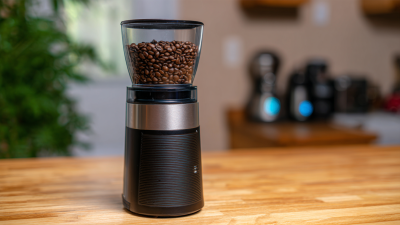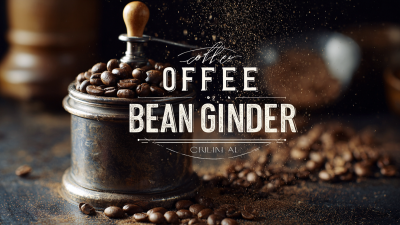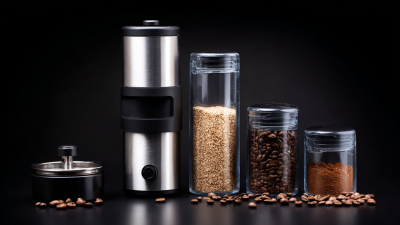Leave Your Message
-
Phone
-
E-mail
-
Whatsapp
-
Whatsapp


Choosing the right commercial coffee grinder is a critical decision for any café owner looking to enhance the quality of their brews and ultimately improve customer satisfaction. A high-performance commercial coffee grinder not only influences the flavor and consistency of the coffee but also affects the efficiency of the overall coffee-making process. With numerous options available on the market, understanding the key factors that influence your choice is essential.
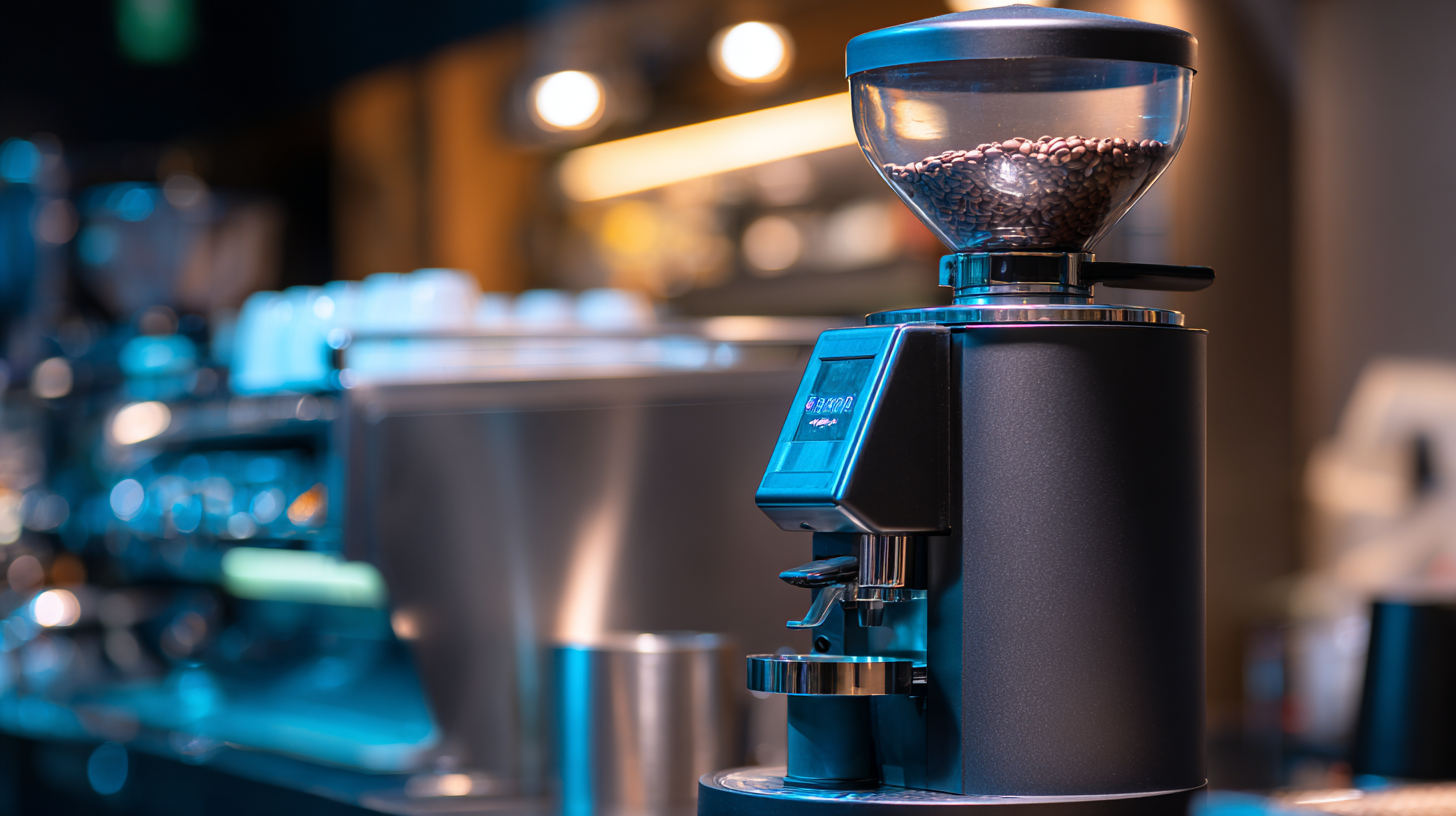
This article will guide you through five important considerations, supported by industry data, to help you make an informed decision when selecting a commercial coffee grinder for your café. Whether you're a seasoned barista or just starting, these insights will enable you to optimize your coffee service and meet the evolving demands of your clientele.
Understanding the coffee volume and demand of your café is crucial in selecting the right commercial coffee grinder. A detailed assessment of your customer traffic and average cup demand can guide you in making an informed purchase. If your café experiences high foot traffic during peak hours, a grinder that can produce a larger quantity of grounds quickly will be essential. An inadequate grinder may result in long wait times and dissatisfied customers, ultimately affecting your bottom line.
Furthermore, the type of coffee offerings you provide will influence your choice. If your menu features a variety of espresso drinks along with drip coffee, you will need a grinder capable of fine adjustments for different grind sizes. Consideration of your target audience and their preferences can shed light on the expected coffee demand, enabling you to choose a grinder that not only meets current needs but can also adapt to future growth. Analyzing historical sales data can also provide insights into seasonal trends, helping to ensure that your grinder aligns with expected fluctuations in demand.
| Coffee Grinder Type | Recommended Daily Volume (lbs) | Grind Settings | Price Range ($) | Best For |
|---|---|---|---|---|
| Burr Grinder | 10 - 25 | Fine to Coarse | 300 - 700 | Specialty Coffee Shops |
| Blade Grinder | 5 - 15 | Variable | 50 - 150 | Small Cafés or Home Use |
| Commercial Grinder | 25 - 50 | Espresso to French Press | 700 - 1500 | High-Volume Cafés |
| Doser Grinder | 20 - 40 | Espresso Grind | 600 - 1200 | Busy Espresso Bars |
| Single Dose Grinder | 5 - 10 | Single Origin | 300 - 800 | Artisan Coffee Shops |
When selecting a commercial coffee grinder for your café, evaluating grinding consistency and quality standards is paramount. According to a report by the Specialty Coffee Association, nearly 70% of baristas believe that inconsistent grind size is a leading factor affecting the flavor profile of brewed coffee. This highlights the importance of investing in high-quality grinders that ensure uniformity, as variations can lead to over-extraction or under-extraction, significantly impacting customer satisfaction.
Moreover, a study conducted by the Coffee Quality Institute emphasizes that the extraction rate is directly influenced by the particle size distribution produced by the grinder. Grinders that achieve a tighter particle size distribution yield a more consistent brew, which can enhance flavor clarity and complexity. Cafés using grinders with this capability have reported a 20% increase in customer retention linked to improved beverage quality. Thus, prioritizing grinding consistency is not merely a matter of equipment choice, but a fundamental strategy for maintaining quality standards and driving business success.
When selecting a commercial coffee grinder for your café, one of the most fundamental choices is between burr and blade grinders. Burr grinders use two revolving abrasive surfaces to crush coffee beans into a uniform size, making them a preferred choice for coffee enthusiasts who value consistency and flavor extraction. In contrast, blade grinders utilize a rotating blade that chops the beans randomly, which can result in uneven particle sizes and, consequently, an inconsistent brew.
**Tip:** If you're aiming for high-quality espresso or specialty coffee drinks, invest in a burr grinder. Look for models that offer various grind settings to ensure versatility for different brewing methods.
While blade grinders may be tempting due to their lower cost and ease of use, they often fail to deliver the precise grind required for achieving optimal taste profiles. They can also create heat during grinding that may negatively impact flavor.
**Tip:** Consider your café’s coffee offerings. If you plan to serve a variety of brewing methods, a burr grinder with a wider range of grind settings will enhance your coffee menu and satisfy diverse customer preferences.
This chart displays the preference of café owners for different types of coffee grinders based on industry data.
When selecting a commercial coffee grinder for your café, assessing the maintenance needs and long-term reliability is critical. According to the Specialty Coffee Association's 2022 report, around 68% of café owners reported that equipment reliability is a top consideration in purchasing decisions. A dependable grinder can significantly reduce operational downtime, allowing baristas to focus on their craft rather than troubleshooting equipment issues. Investing in high-quality grinders with robust construction and reputable brand backing can lead to greater durability and performance longevity.
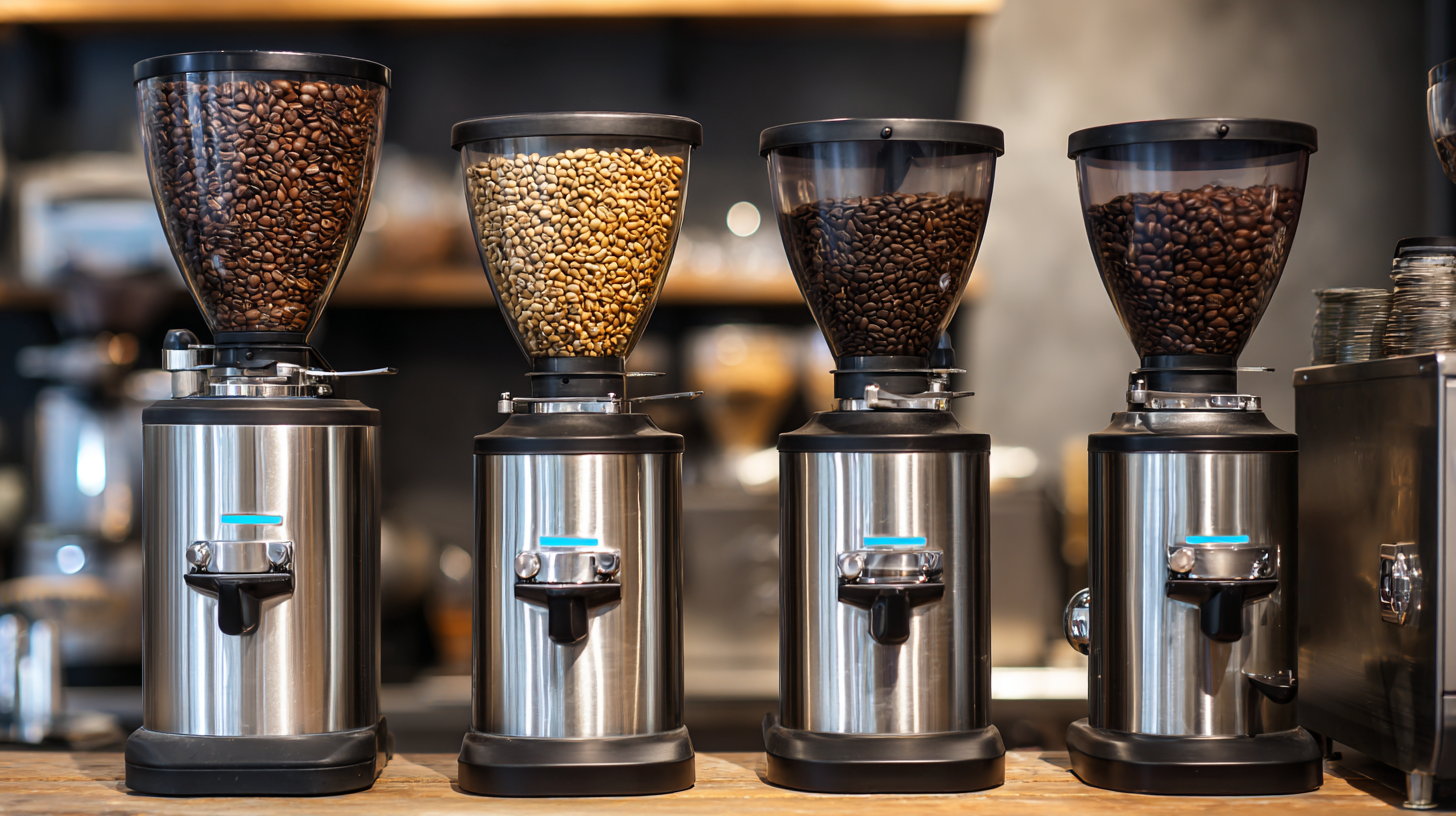
Regular maintenance is integral to ensuring the grinder operates efficiently over time. A study by the Coffee Research Institute revealed that 30% of coffee equipment failures are attributed to lack of maintenance. For example, burrs should be cleaned and replaced periodically to maintain grind consistency and flavor extraction, impacting customer satisfaction. Grinders designed with easy disassembly in mind significantly simplify this process, thereby reducing labor costs and improving service speed. By considering these aspects, café owners can make more informed decisions that not only meet their current needs but also support sustained growth and customer loyalty.
When selecting a commercial coffee grinder for your café, balancing budget considerations with performance requirements is crucial. According to a report by IBISWorld, the coffee shop industry has seen annual growth of 3.3%, highlighting the need for efficient and reliable equipment to keep up with increasing customer demand. Investing in a high-quality grinder can significantly impact the quality of coffee served, which ultimately influences customer satisfaction and retention. The right grinder can cost anywhere from $1,000 to $5,000, depending on features and capabilities.
Performance is equally important, as studies show that grind consistency directly affects flavor extraction. A report from the Specialty Coffee Association indicates that coffee ground at an inconsistent coarseness can lead to a 20-30% loss in flavor profile. Thus, while it may be tempting to prioritize cost, it's essential to consider models that offer precision and durability. For instance, burr grinders are often recommended as they provide uniform particle size and greater control over grind settings, which can enhance brewing methods and the overall coffee experience your café offers to customers. In this competitive landscape, a balanced investment can set your business apart and ensure long-term success.
